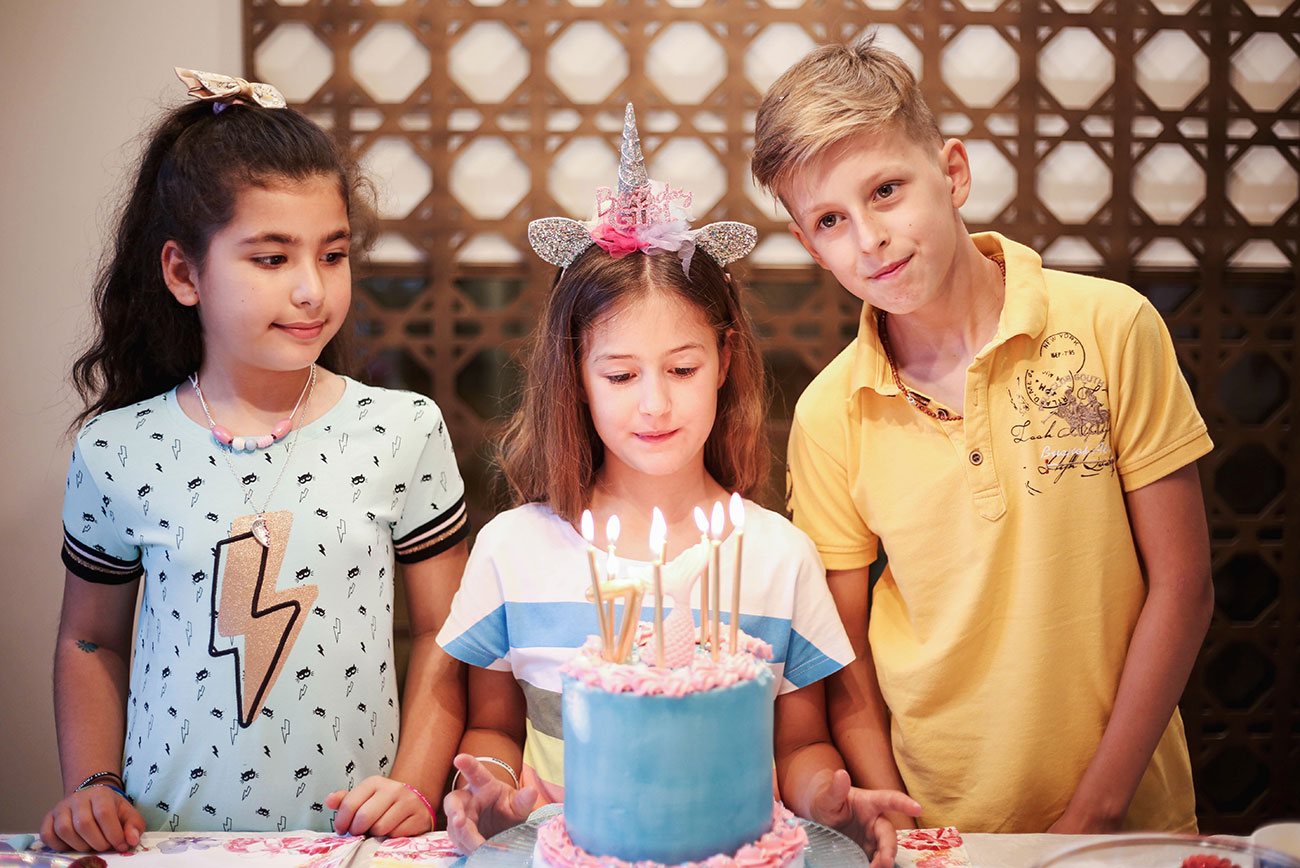Christmas gifts for kids? The Best are cheap and simple, and no electronics!”.
No ideas for Christmas presents for children? The new released report from the American Association of Pediatricians (AAP) could make your holiday’s gift suggestions extremely easy and cheap!
Pediatricians have found that the best toys for kids’ healthy development are the exact opposite of trendy and expensive
Just in time for the holidays, the American Association of Pediatricians (AAP) has released an updated report about the best toys for childhood development – and there’s nary a screen or battery to be seen in their recommendations.
Stating that “the best toys go back to the basics,” the updated guidelines for pediatricians and families stress that although toy aisles are increasingly filled with blinking lights, soundtracks, and screens, the very best toys for learning are also the simplest toys: blocks, dolls, games, and balls.

The report stresses repeatedly that even fancy, high-tech toys that are advertised as “educational” isn’t as good as basics playthings that promote communication and relationships, with parents, relatives, caregivers, and other kids.
The more we know about early brain development, the more we understand the need for play that is based on human interaction. There is no screen, video game or app that can replace the relationships built over toys.
The report also mentions more specific tips for parents who are buying toys for their kids — and the pediatricians who are guiding parents during office visits. It advises avoiding overstimulating toys, toys that promote gender or race stereotypes, and toys that don’t foster human interaction. Instead, parents should look for toys that engender creativity, interpersonal play, and imaginative play.
Therefore, when pediatric health care providers advise parents and caregivers, it is important to stress that toys can serve an important but supportive role in enhancing a child’s social development in addition to other domains, such as language, primarily through engaging caregivers in responsive interactions and pretend play. The pace of life in today’s society provides limited time available to many caregivers, and solitary play with toys should not be a substitute for caregiver-child interactions during play or other contexts, such as reading aloud. Electronic toys by themselves will not provide children with the interaction and parental engagement is critical for healthy development.

Finally, they offer a list of traditional toys that promote the best types of developmental play, including dolls and action figures, pretend cooking/food toys, toy cars, blocks, puzzles, trains, art supplies, card games, board games, toy letters, bikes, trikes, balls, and push and pull toys.
Examples of modern toys that don’t promote development include: tablets, screens, electronic games, phones, laptops, toys with lights and sounds — and any toy that substitutes a human interaction, such as a bear that reads a story.
The report finally reminds parents of current guidelines that kids under two shouldn’t be watching screens at all, and kids over two should watch less than an hour a day. Even then, they should watch with adult supervision/interaction, and educational programming and age-appropriate.
The full report, you can click here.
I hope that you’ll find this article useful and I helped you with the choice of the gift for your children and family members for Christmas this year!


